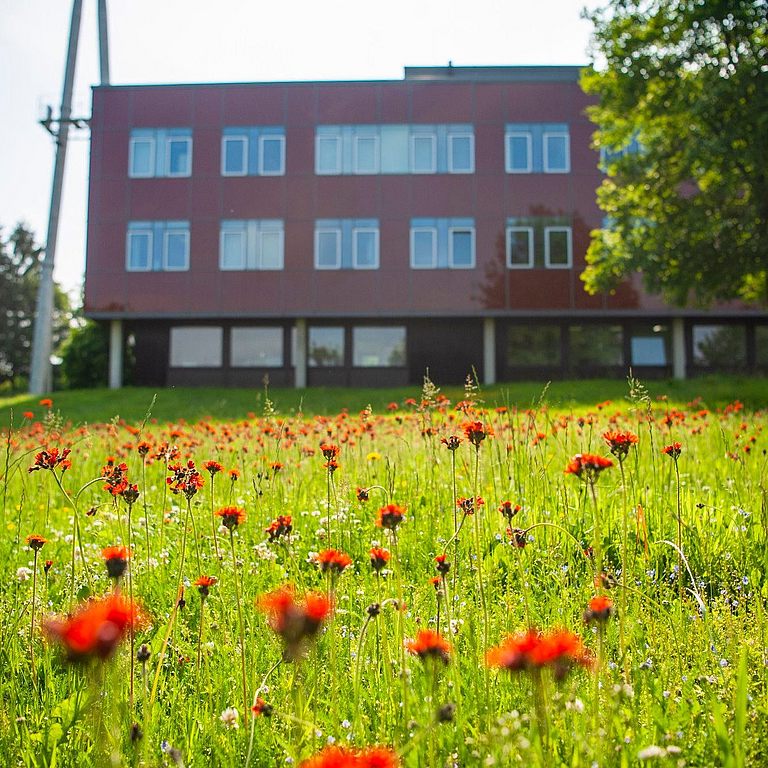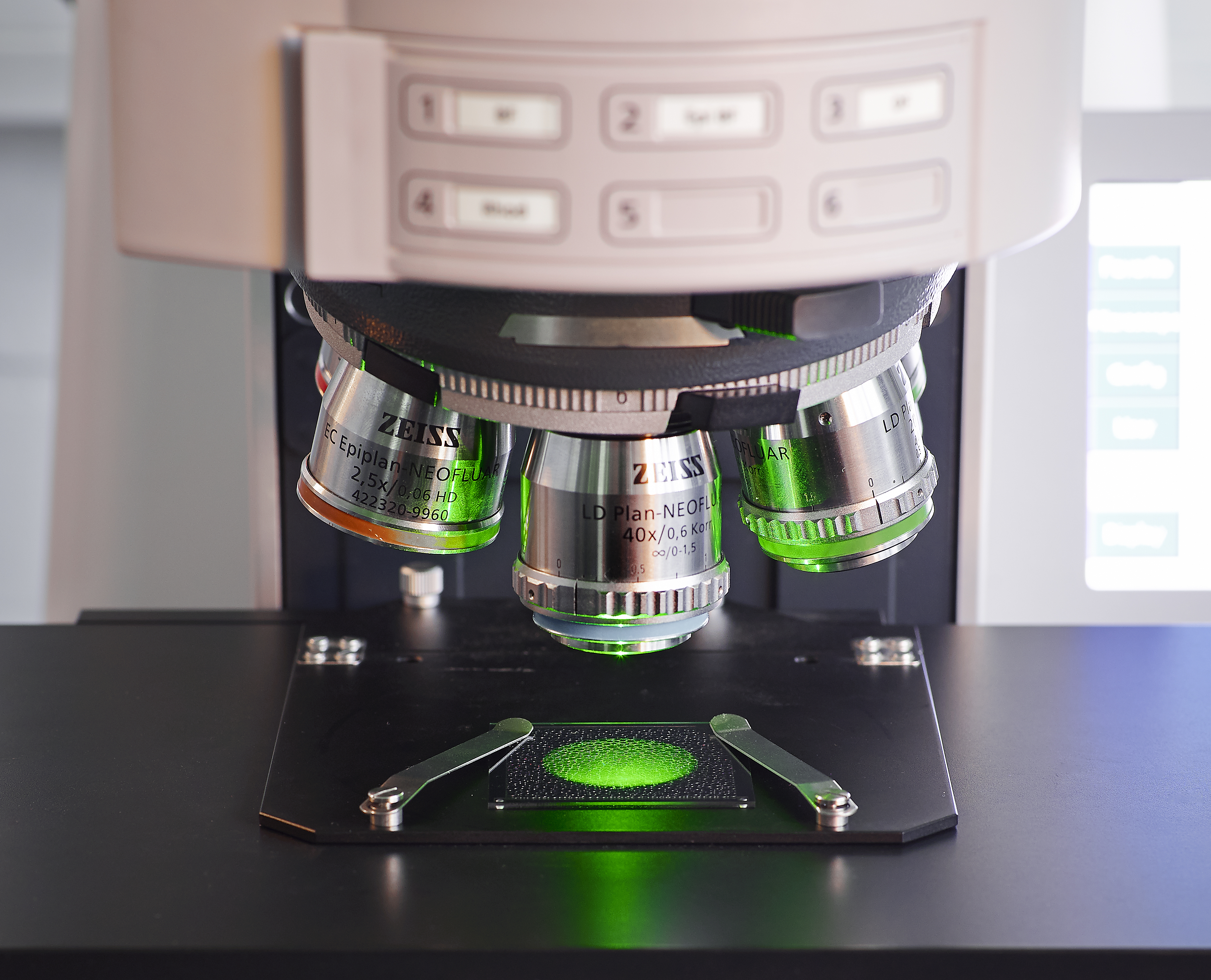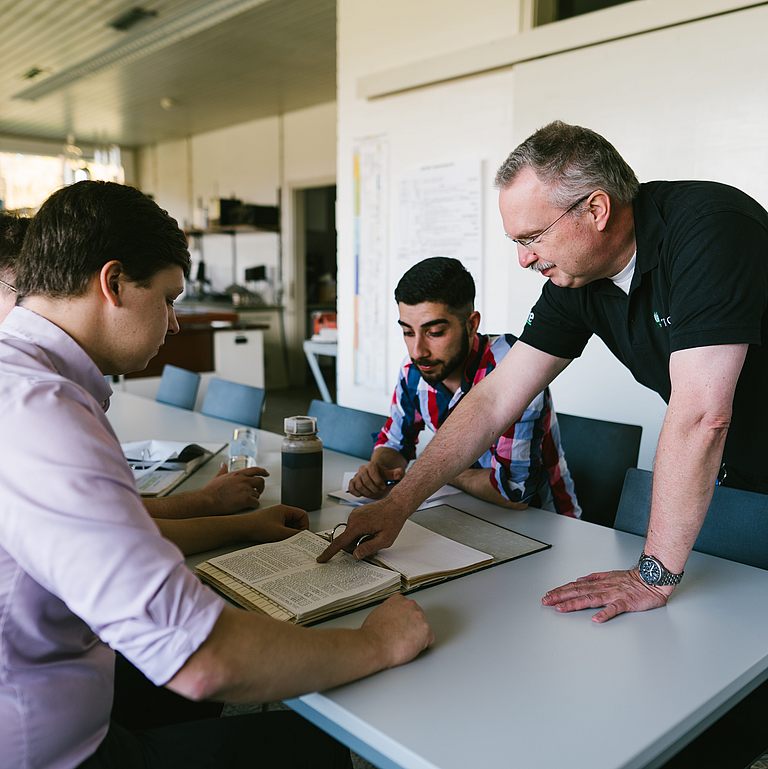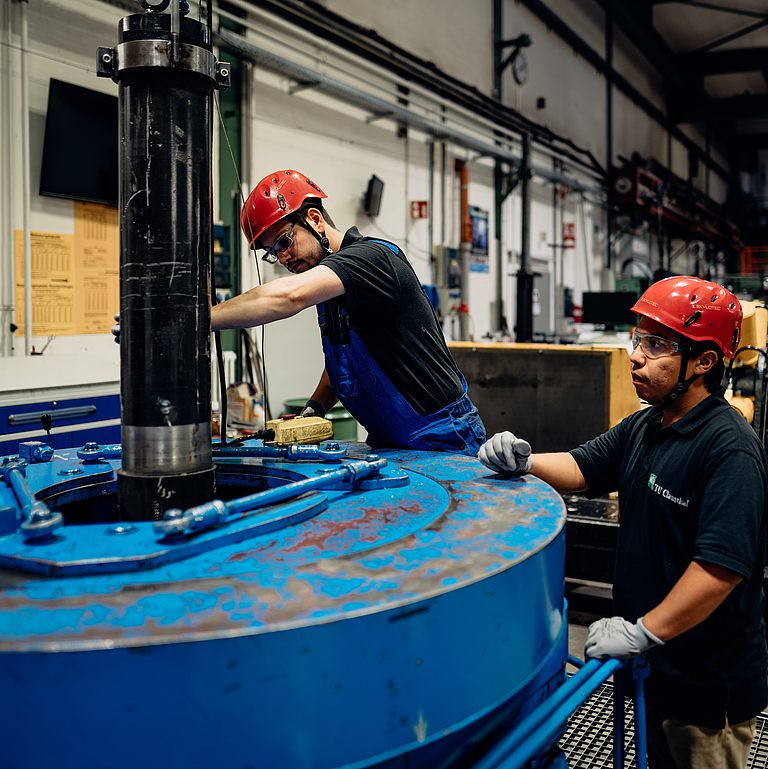Laboratory investigation of the effect of the CO2 bubble size on the distribution and mineral trapping CO2 in a carbonate rock
(Text nur in Englisch verfügbar)
Introduction
Carbon capture and storage (CCS) stands out as one of the most promising technologies to combat global warming caused through greenhouse gas emissions. According to the net zero scenario 2050 of the International Energy Agency (IEA) 7.6 billion tons of carbon dioxide (CO2) must be stored annually, a dramatic increase by more than 200 times of recent annual global storage. The understanding of CO2 distribution in the reservoir and the trapping mechanisms in the rock as well as the enhancement of these processes are key to achieve a safe, efficient, and eventually commercial long-term CO2 storage. Among the trapping mechanisms, mineral trapping is often referred to as the safest long-term storage mechanism for CO2. Yet the mechanism is less well understood than physical trapping given the complexity of the geochemical reactions causing the mineral trapping. (Johny Mouallem, 2023) A main challenge for a high mineral trapping is to achieve a sufficient contact between CO2 and water while at the same time distribute the CO2 over the entire reservoir to maximize the mineralization. To achieve these objectives, it is believed that the CO2 bubble size combined with the CO2/water ratio during the injection is of utmost importance to maximize the mineral trapping while at the same time avoiding early CO2 precipitation around the wellbore. This work is performed in collaboration with an external partner.



